A Data Collection Terminal (DCT) is a versatile device combining the functions of a mobile computer and barcode scanner. It helps automate key warehouse processes — from receiving to shipping — increasing accuracy and reducing time costs. In this article, we’ll explain how to use a DCT, explore the types available, and highlight what to consider when choosing a model.
Why Use a DCT in the Warehouse?
Using a DCT significantly speeds up and simplifies warehouse operations. Instead of manually checking items and paperwork, staff can scan barcodes and instantly view accurate data. Key benefits include:
- Minimizing human error.
- Accelerating routine operations.
- Monitoring employee productivity and detecting shortages.
- Integration with mobile printers.
- Quick staff onboarding with simple workflows.
Types of DCTs
- Entry-level: Up to IP54 protection, suitable for small warehouses.
- Enterprise-grade: Up to IP64 protection, versatile and user-friendly.
- Industrial: IP64+, resistant to dust, moisture, and drops.
- Ruggedized models: IP67+, designed for extreme environments.
How to Choose the Right DCT
Before purchasing, consider the following:
- 2D scanner for working with labeled products.
- Bright, high-resolution display.
- Connection interfaces (Wi-Fi, GSM, Bluetooth, etc.).
- Powerful battery and SD card support.
- Protection class suited to your working environment.
- Comfortable keyboard for data input.
Accessories: Comfort & Protection
- Pistol grip to reduce wrist strain.
- Protective case, screen protector, and wrist strap for drop prevention.
- Hot-swap battery function.
- Cradle docks for fast charging.
How a Picker Uses a DCT
The workflow is intuitive and includes these steps:
- Scan the package’s barcode.
- View product info on the screen.
- Make edits if necessary.
- Save the data to the system.
DCTs are used at different warehouse stages:
Receiving Goods
Scan packages, compare with digital documents, generate reports automatically, and print labels as needed.
Address Storage
Find products, scan them, and place them into assigned cells. Data syncs to the inventory system.
Inventory Audits
Scan stock, compare with accounting records, and create write-off or surplus reports.
Order Fulfillment
Scan items, auto-generate packing slips, prevent shipping errors, and finalize documentation.
Conclusion
DCTs are indispensable tools for warehouse pickers. They improve accuracy, speed up processes, and increase transparency. Choose the right device based on your working conditions and functional needs to ensure optimal warehouse performance.

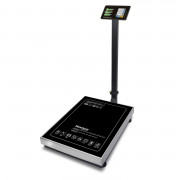
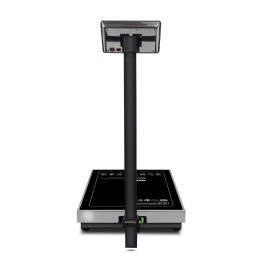
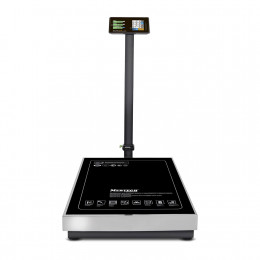
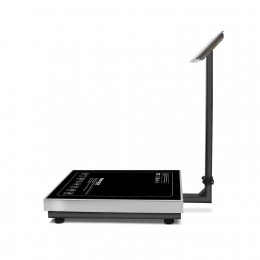
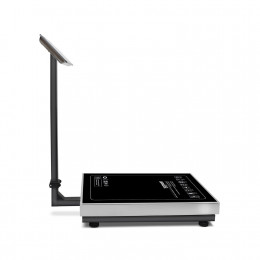
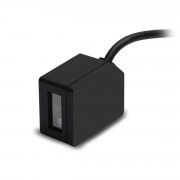
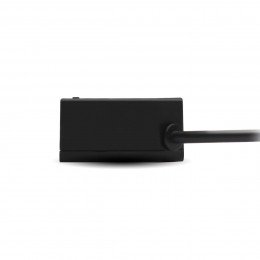
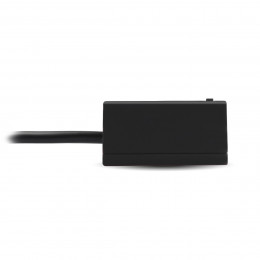
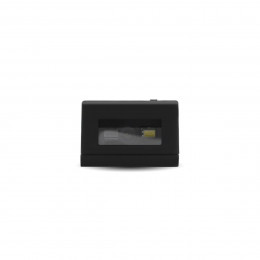
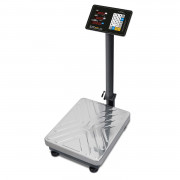
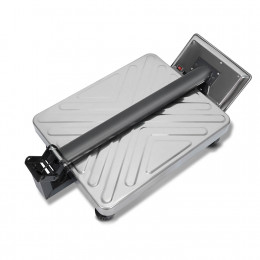
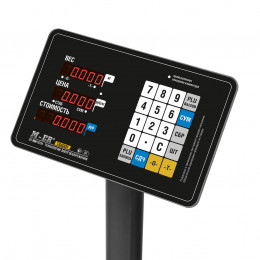
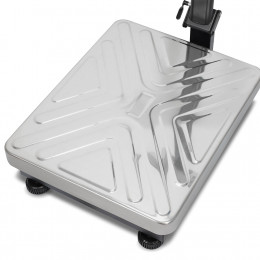
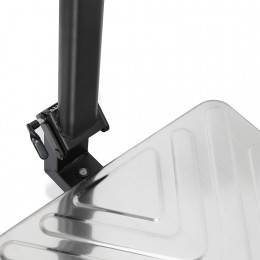
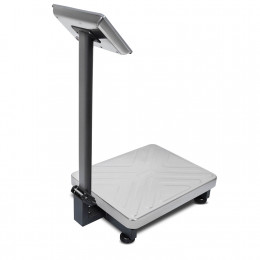
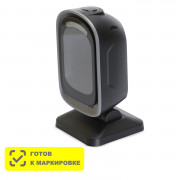
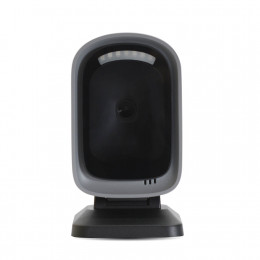
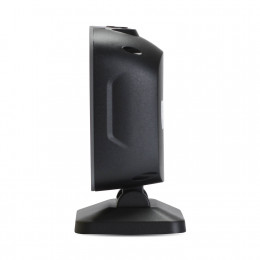
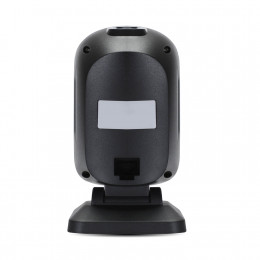
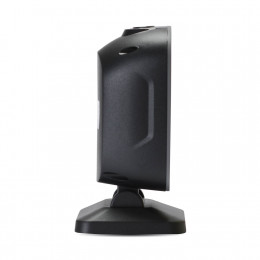

На прошлой неделе мы рассказывали о том, как в реестре npm обнаружили несколько десятков пакетов, которые воруют данные из переменных окружения
В рамках настоящей публикации, являющейся продолжением предыдущих публикаций, планирую кратко проиллюстрировать, тезис о том, что применение в бизнесе R экосистемы прекрасно вписывается в задачу перехода к цифровой экономике.\r\n